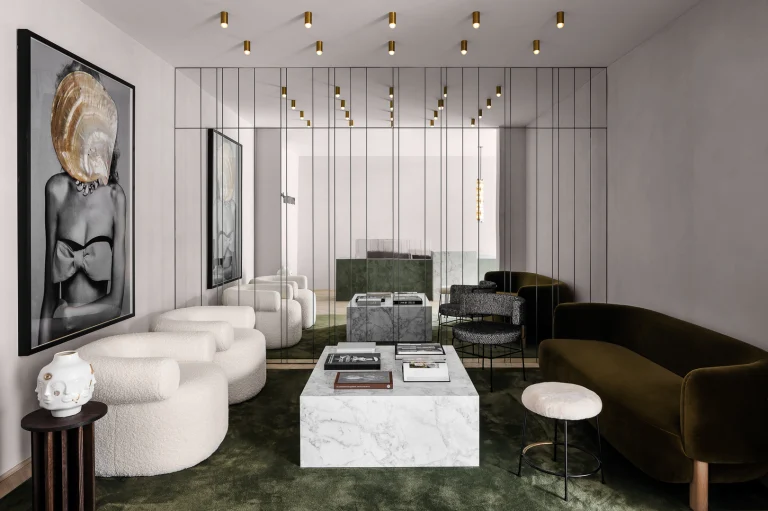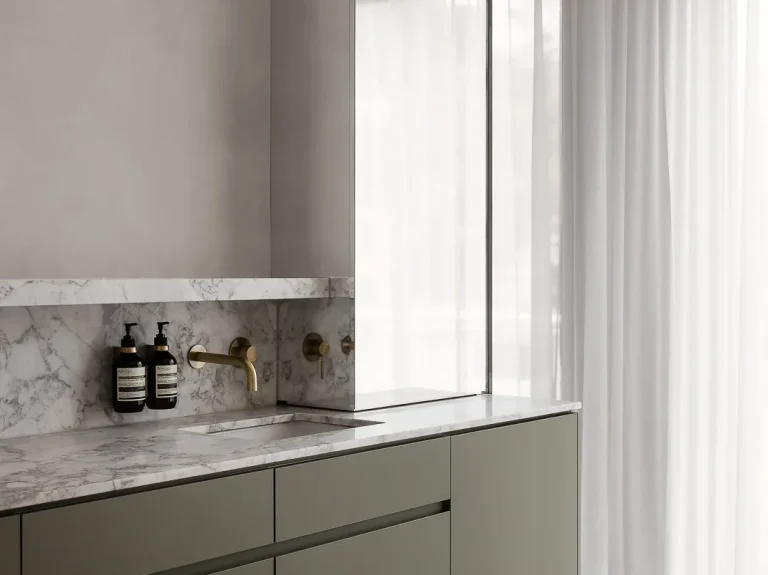
In accordance with Therapeutic Goods Administration (TGA) regulations, we are unable to provide detailed information about specific treatments online. Such information may be misinterpreted as the promotion of prescription-only (Schedule 4) medications – this is not permitted under TGA guidelines.
For this reason, a consultation with one of our practitioners is required. During your comprehensive consultation, your practitioner will carefully assess your skin, discuss your concerns, and provide education around suitable treatment options. A personalised treatment plan will then be created to address your individual needs.
Treatment costs will vary depending on your tailored plan and will be discussed with you in detail during your consultation

How Cheek Enhancement Works
Ageing Changes in the Mid-Face
Volume loss in facial fat compartments: Over time, the fat pads in the mid-face shrink, shift downward, or redistribute, reducing fullness in the cheeks.
- Bone resorption: The underlying cheekbones and maxilla may lose subtle bone density, affecting facial projection and support.
- Skin and soft tissue laxity: With reduced collagen, elastin, and hydration, the overlying skin can sag or wrinkle.
- Gravity and tissue descent: Combined with loss of structural support, lower tissues may shift downward, deepening folds and reducing cheek prominence.
Cheek enhancement addresses these changes by replacing or supporting lost volume in key areas, aiming to restore volume and contour while preserving natural movement.

Why people consider mid-face treatments
Many individuals notice changes in this region as some of the earliest signs of ageing.
Common concerns include:
- A loss of natural fullness or support
- Shadowing or deepening of folds near the nose and mouth
- Reduced definition through the mid-face region
Treatment in this area may help restore balance and provide subtle rejuvenation. The specific approach is personalised, and outcomes vary between individuals.
The benefits of treatment to the mid-face may vary between individuals, however treatment may result in:
- Improved support and structure in the mid-face
- Softer appearance of facial folds
- A refreshed, balanced look that develops gradually

